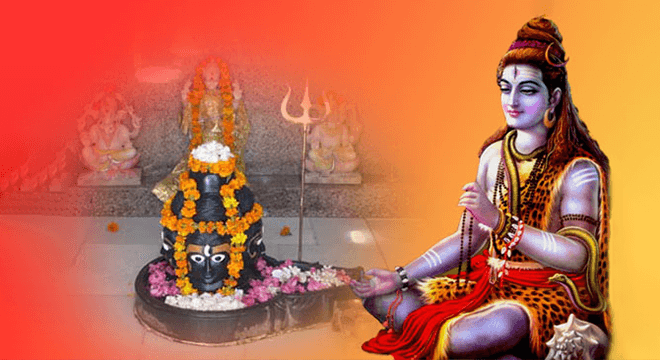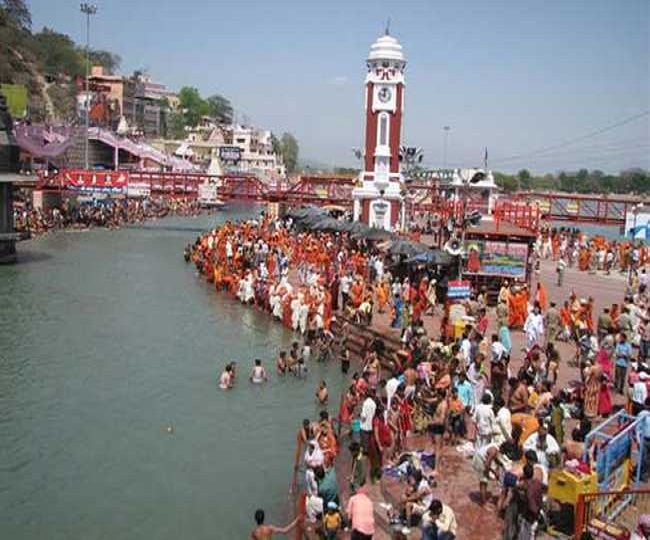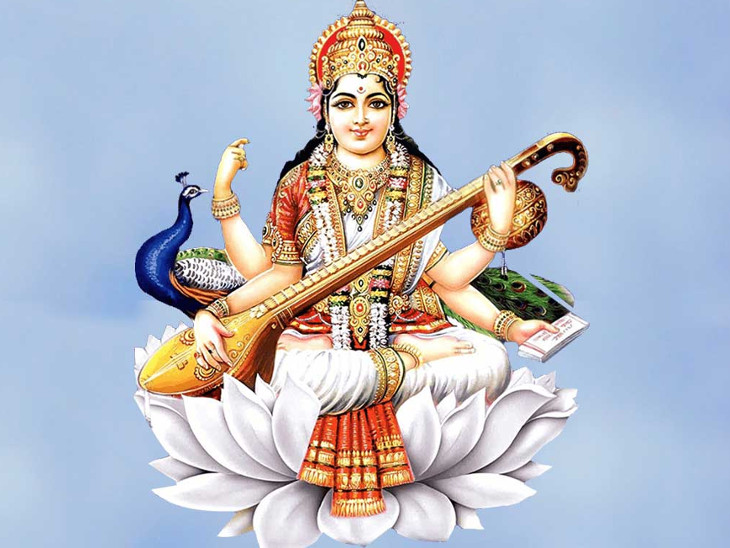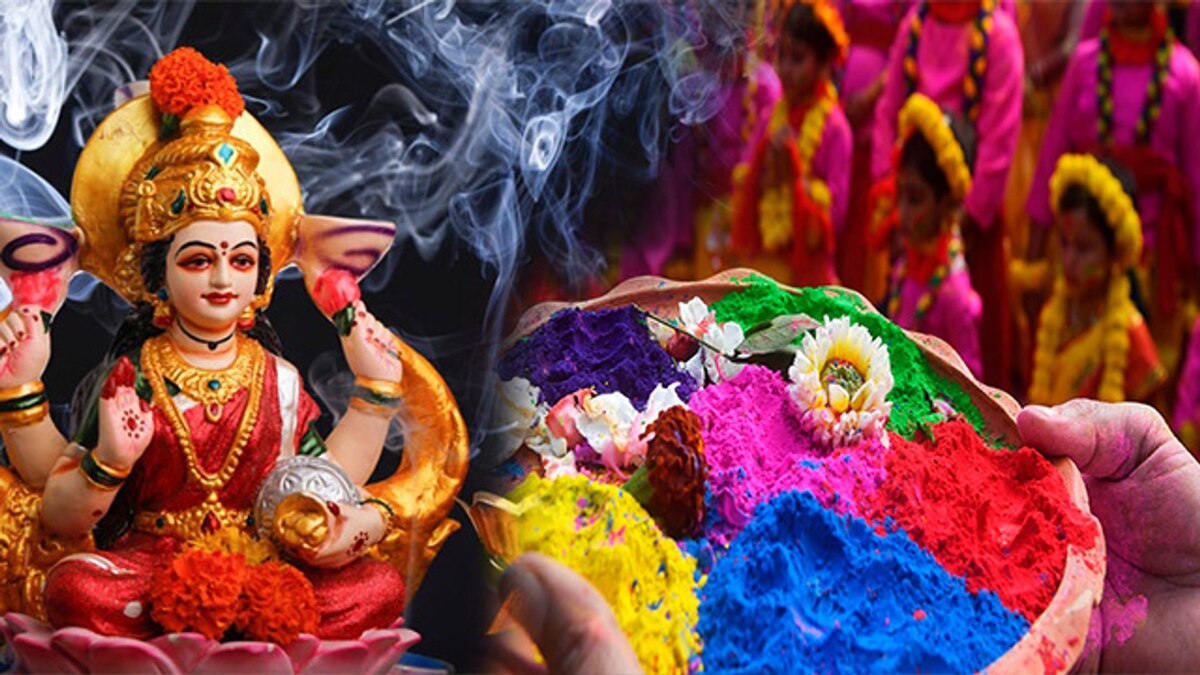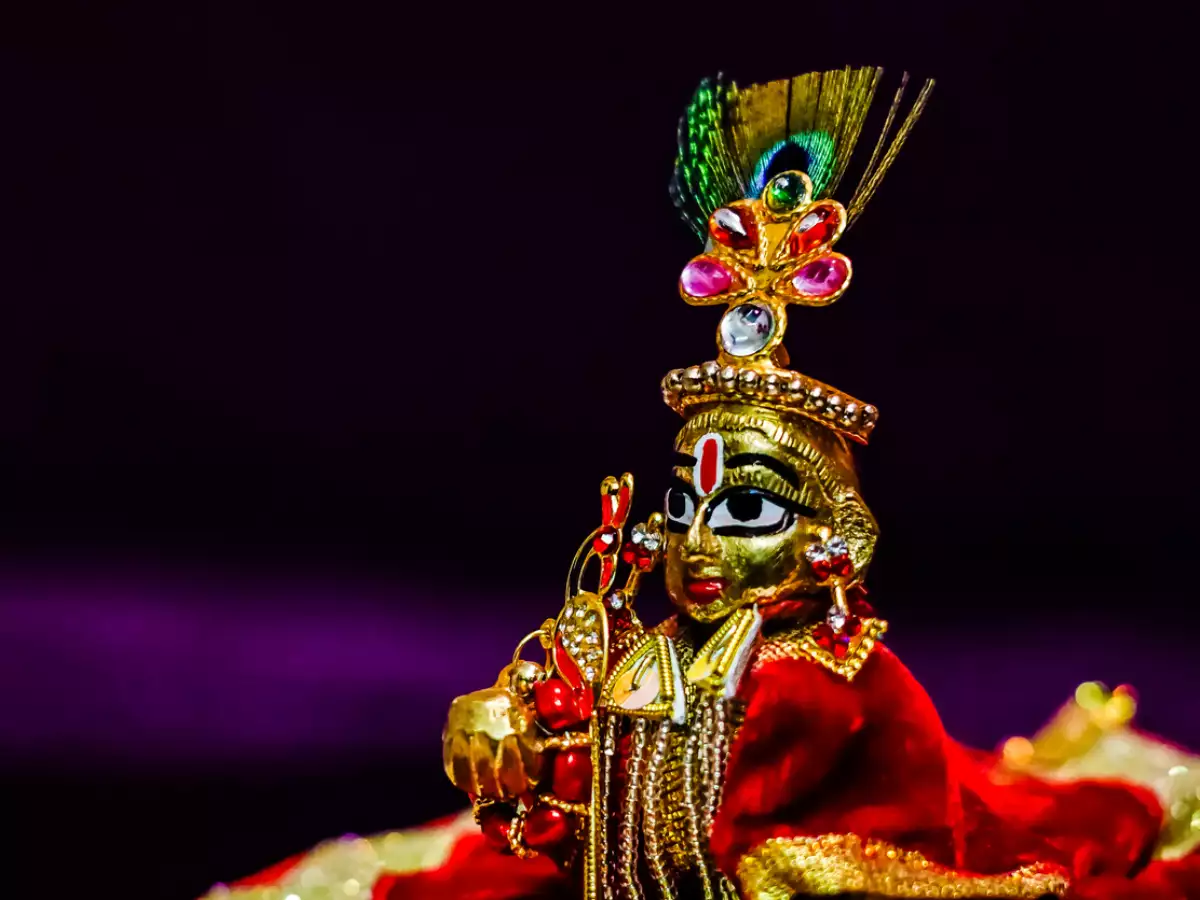Vaastu Shanti Yagya
₹18,601.00
Vaastu Shanti Yagya is a traditional Hindu ritual performed to seek blessings from the deities and the forces of nature for the harmonious and positive energies within a new home, office, or any other building. This ceremony is based on the principles of Vaastu Shastra, an ancient Indian architectural science that focuses on the design and layout of buildings to ensure the flow of positive energy and well-being. Here’s a description of the Vaastu Shanti Yagya:
1. Purpose: The primary purpose of the Vaastu Shanti Yagya is to purify and cleanse the space within a new building and invoke the blessings of deities and cosmic energies to ensure harmony, peace, and prosperity for the occupants. It is believed to mitigate any potential negative influences that might affect the space.
2. Timing: The ceremony is typically performed before moving into a new property or at any time when renovations or significant structural changes are made to an existing building.
3. Ritual: The Vaastu Shanti Yagya is conducted by a trained priest or pundit who specializes in Vedic rituals. The ceremony involves the following key steps:
- Purification: The space is first cleaned and purified to remove any negative energies or influences.
- Ganesh Puja: Lord Ganesh, the remover of obstacles, is worshipped at the beginning of the ceremony to ensure a smooth and obstacle-free process.
- Havan (Fire Ritual): A sacred fire, known as “havan,” is kindled, and offerings such as ghee (clarified butter), herbs, and grains are made into the fire while Vedic mantras are chanted. The fire symbolizes the divine energy that purifies and sanctifies the space.
- Invocation of Deities: Specific deities associated with Vaastu, such as Lord Vastu Purusha, are invoked and worshipped to seek their blessings for the building’s well-being.
- Prayers and Mantras: Various Vedic hymns and mantras are recited throughout the ceremony to maintain a positive and harmonious atmosphere.
4. Yantras and Idols: Vaastu yantras (geometrical diagrams) and idols of deities are often placed strategically within the building to enhance positive energies and protect against negative influences.
5. Offerings: Offerings of fruits, flowers, and sweets are made to the deities as a sign of respect and devotion.
6. Participants: The family members and those involved in the construction or renovation project often participate in the ceremony, offering their prayers and seeking the blessings of the deities.
7. Conclusion: The Vaastu Shanti Yagya concludes with the priest offering final prayers and blessings for the well-being, prosperity, and positive energies within the building. The participants usually receive prasad (blessed offerings) as a symbol of the divine blessings.
Overall, the Vaastu Shanti Yagya is a ritual deeply rooted in Indian culture and beliefs, aimed at ensuring that the living or working space is in harmony with cosmic energies and conducive to the well-being and success of its occupants.
- Description
Description
The ritual is performed to overcome the fear of death, to attain peace & prosperity, & to seek blessings for a long & healthy life.




